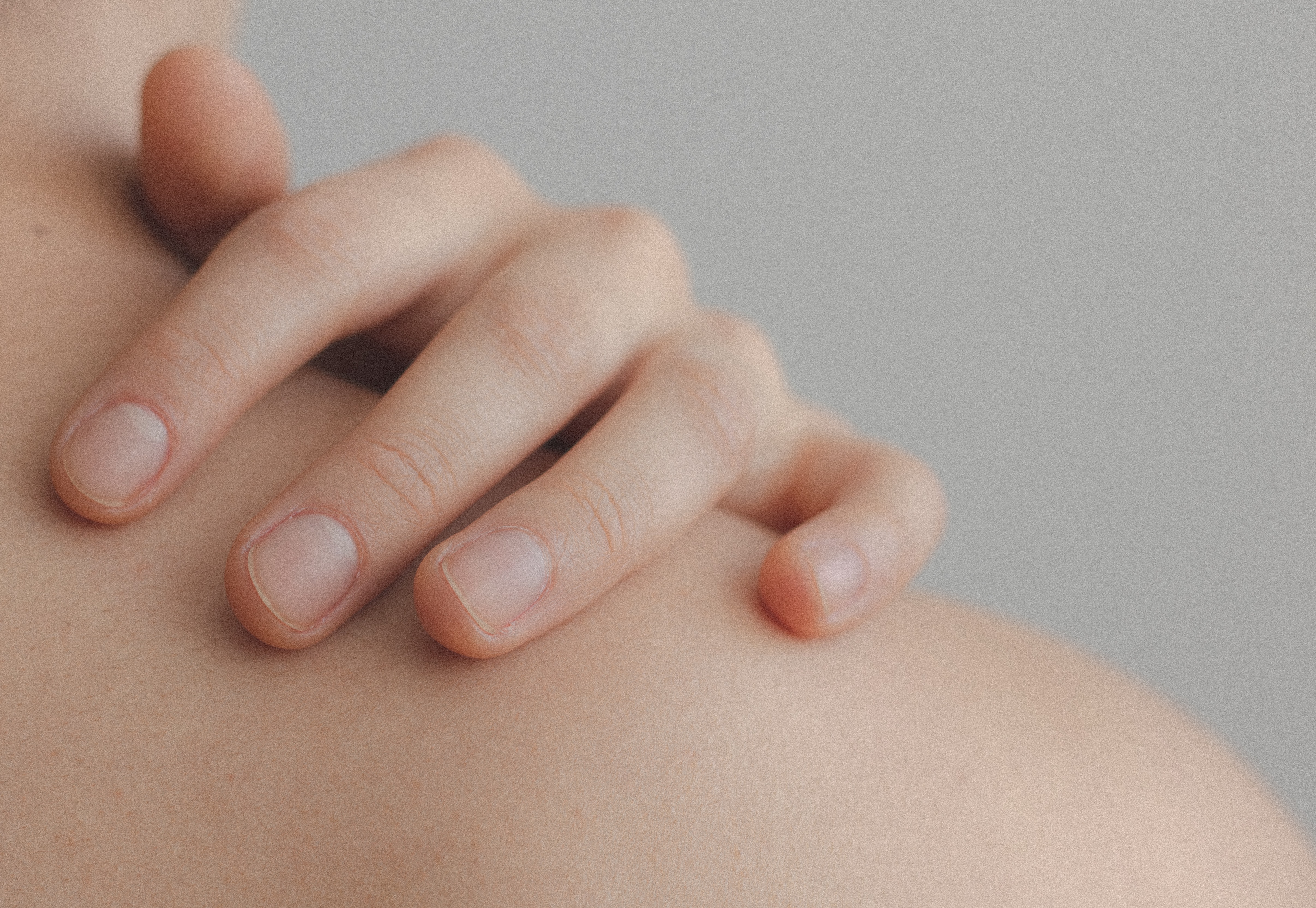
Take this skin quiz to find the best ingredients for your skin and build your skin care routine.
Take The Skin Quiz
What is beeswax?
Like the name suggests, beeswax is a type of wax made by bees. Bees secrete the wax naturally to make their honeycombs. Humans can harvest the remaining beeswax and use it to make candles, lip balms, and much more. Beeswax is a wonderful natural substance that has a variety of uses – especially in skincare.
What is it best for?
Beeswax is often used to provide a textural element to cosmetics. When melted and mixed with oils in different proportions, cosmetics can be made into everything from a stick-like balm or lipstick to a creamy balm. The more beeswax, the more solid a product will be at room temperature.
Beeswax is also excellent at creating a protective moisture barrier on the skin. This makes it perfect for moisturizing anything from your lips to your face or body. Beeswax products can help you keep your skin soft and hydrated, but more so, it is rich in vitamins, too. Its vitamin A content is effective at reducing wrinkles, protecting the skin from UV damage, and stimulating skin cell rejuvenation. That’s why beeswax is a great ingredient for anti-aging skincare.
What is the drawback?
There are practically no physical side effects of using beeswax in skincare, but it can be a little expensive. Also, it should be noted that we recommend ensuring your beeswax has been harvested sustainably, otherwise over-harvesting can damage the bee population, which in turn can harm the environmental cycles. In addition, though an allergic reaction to beeswax is rare, it is possible.
Pores are itsy-bitsy openings in the skin—and there are millions covering every millimeter of skin. There are two types of pores with different functions: sweat pores and oil pores. The sweat pore allows moisture, produced by sweat glands, to exude out to the surface of the skin, where it helps to cool the body in response to heat, exertion or fever. Sweat pores are so tiny, they are mostly invisible to the human eye.
The oil pore, on the other hand, is a bit larger. Oil pores are also known as hair follicles because these pores produce oil from the sebaceous glands, but they are also the openings from which hair emerges. The oils help to keep our skin and hair healthy. It is the oil pores that can get clogged with sweat, debris and other gunk, causing acne, blackheads and whiteheads. Sweat pores rarely get clogged, as they are so tiny.
Benzoyl peroxide is a topical agent for fighting bacteria and unclogging pores. It is one of the longest-used medications to keep pores clean and healthy. Jojoba oil and rosehip oil are also good for reducing inflammation, fighting bacteria, and keeping in moisture for healthier skin. Ingredients that help exfoliate dead skin cells and increase new skin cell production, such as Vitamin A/Retinol, glycolic acid, and salicylic acid, are good for keeping pores unclogged as well.
Beeswax may be effective for clogged pores, but there are many other factors that may affect whether this ingredient would work on your skin or if there are better ingredients that may work for you. Take this skin quiz to find the best ingredients for your skin and build your skincare routine.
Next: Does retinol work on cystic acne ?